Seventeen-twenty Julian was built near Sloan Lake, on the east side of Julian Street, between West 17th and 18th Avenues. More specifically, she resided on block 16, lot 20 in Gurley's Resubdivision of Cheltenham Heights (note: assessor records indicate a building's legal description: block, lot, and subdivision names).
The Denver Assessor's Property Taxation and Assessment System states that 1720 Julian was built in 1885. This date seems unlikely (we often see inaccurate dates in the Property Taxation and Assessment System), however, as Gurley's Resubdivision of Cheltenham Heights was constructed in 1887.
Denver building permits begin in 1889. Searching these permits by 1720 Julian's legal description only resulted in record of a brick barn being built in the rear of the house in 1904. There is no permit existing for the original home at 1720 Julian.
In this case, there was a street name change. According to the Denver directories, up until around 1899, Julian had been known as "Tenth (Highlands)", West 17th Avenue was called "Ellsworth," and West 18th Avenue went by "Saguache."
To complicate matters, it appears that some areas of Denver didn't use a house numbering system at all. For example, in the 1889 Denver city directory, a woman named Mrs. Mary E. Taylor is listed as residing on "10th, s. of Saguache, Highlands." It is, however, unclear which house on 10th Mrs. Taylor was living in.
In situations where a house's date of build can't be proven by a building permit, city directories, assessor records, or real estate and fire insurance maps can often provide evidence (these types of maps show a building's footprint on a lot).
In this case, however, consulting the 1887 Robinson's Atlas and the 1893 Sanborn Fire Insurance map proved fruitless, as this particular area of Denver was not covered by these maps. The 1905 Baist Atlas, however, does show a brick structure (indicated by a pink rectangle) on lot 20 of block 16 in Gurley's Resubdivision of Cheltenham Heights.
While the exact date of build for 1720 Julian Street remains murky, city directories give clear proof of the names and occupations of people who made the house their home over the years: William E. Griffiths, fireman (1901), Alexander Stoker, carpenter (1902-1909); Abraham Werber, driver, laborer and court house watchman (1910-1914); Rose L. Markel, stenographer; Max Ambush, peddler, produce dealer, grocer, city inspector (1915-1938).
On April 14, 2020, the Denver Landmark Commission reviewed 1720 Julian Street. In order to become a Denver landmark, a structure must meet three out of ten criteria (below) and retain physical integrity:
- Have a direct association with a significant historic event or with the historical development of the city, state, or nation;
- Have direct and substantial association with a recognized person or group of persons who had influence on society;
- Embody the distinctive visible characteristics of an architectural style or type;
- Be a significant example of the work of a recognized architect or master builder;
- Contain elements of design, engineering, materials, craftsmanship, or artistic merit which represent a significant innovation or technical achievement;
- Represent an established and familiar feature of the neighborhood, community or contemporary city, due to its prominent location or physical characteristics;
- Promote understanding and appreciation of the urban environment by means of distinctive physical characteristics or rarity;
- Represent an era of culture or heritage that allows an understanding of how the site was used by past generations;
- Be a physical attribute of a neighborhood, community, or the city that is a source of pride or cultural understanding;
- Be associated with social movements, institutions, or patterns of growth or change that contributed significantly to the culture of the neighborhood, community, city, state, or nation.
The Landmark Commission determined that the house at 1720 Julian didn't meet the criteria and approved its demolition.

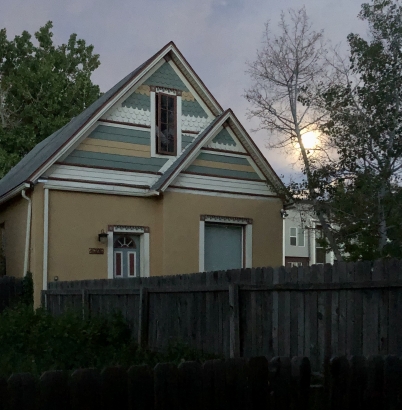
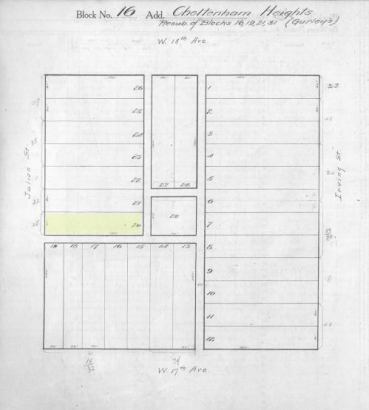
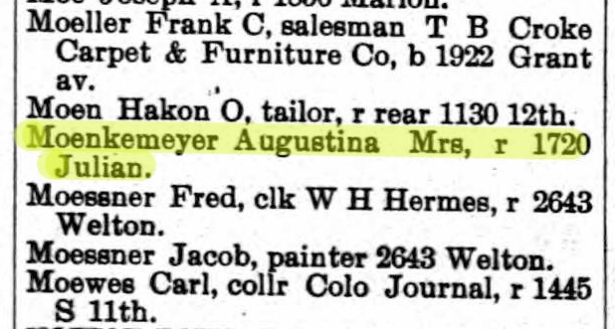
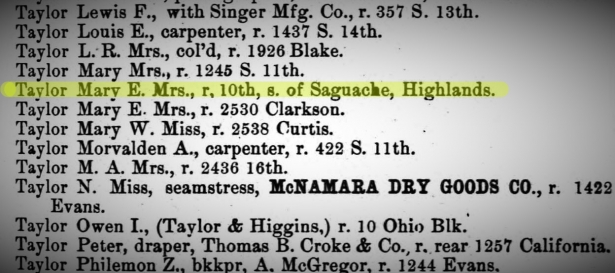
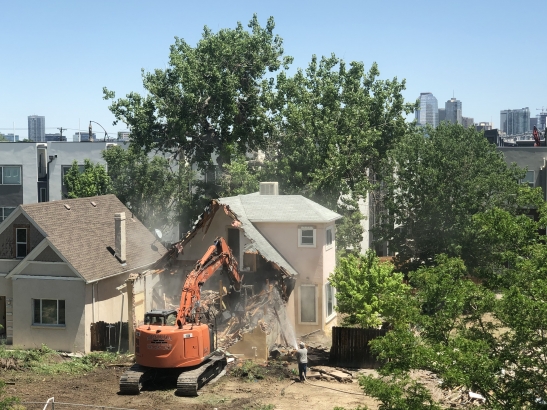
Comments
Enjoyed the read! Looked like
Enjoyed the read! Looked like a cute house, sorry to see it go. Would have loved to see the inside :)
Thanks, Diane! Same here
Thanks, Diane! Same here about the interior.
Thanks for a great job Katie.
Thanks for a great job Katie. So many mansions and homes have suffered the same dismal end, it's nice to see one of those stories preserved.
Thanks, Roger! We may turn
Thanks, Roger! We may turn this into a regular feature.
So many homes in the Denver
So many homes in the Denver neighborhoods have been demolished in recent years and replaced with garish looking ultra-modern style houses and/ or apartments that do not fit in archeticually or design wise with these beautiful old homes.
What a loss to the character and history of these neighborhoods. I loved the neighborhoods in Denver, having grown up there in the 50's and 60's. Very sad.
If the comments to this post
If the comments to this post are any indication, you are not alone in your feelings of sadness. Thanks for reading and commenting, Sharon!
Loved it! Found the article
Loved it! Found the article fascinating. Librarians are so important! Keep up the good work.
Aww thanks, Mary! And IT
Aww thanks, Mary! And IT staff is so important, too:) I hope you're enjoying retirement!!
I believe it is a crime to
I believe it is a crime to destroy a “HOME”. Thank U oh so much for the History of that Home. God Bless UR love
I believe it is a crime to
I believe it is a crime to destroy a “HOME”. Thank U oh so much for the History of that Home. God Bless UR love
Add new comment